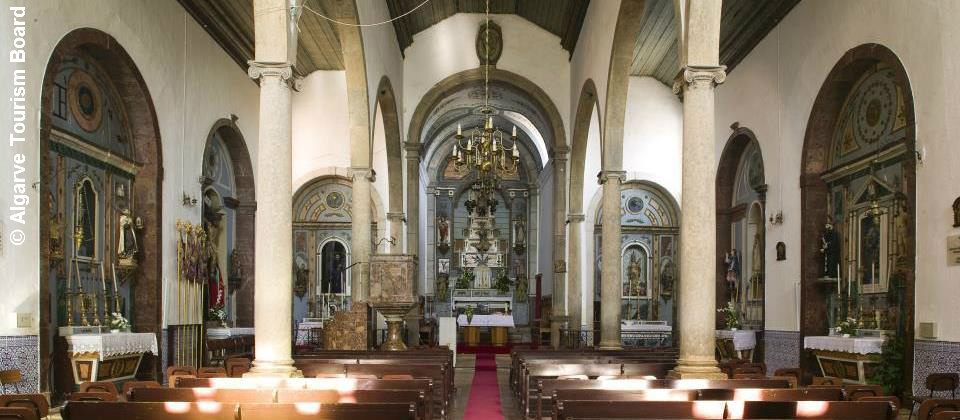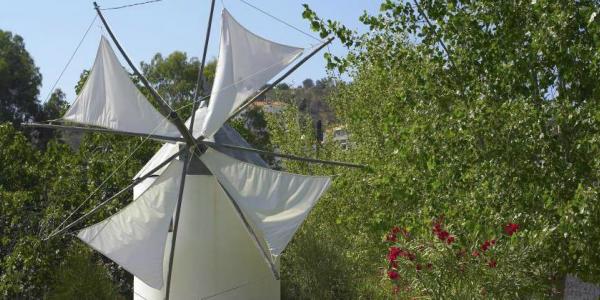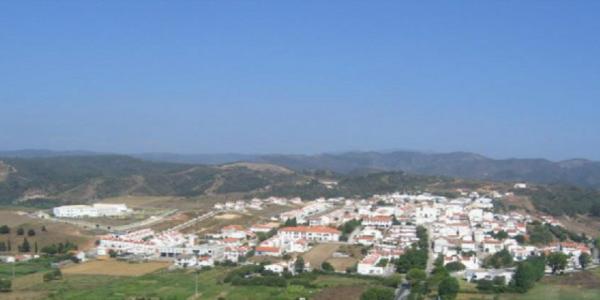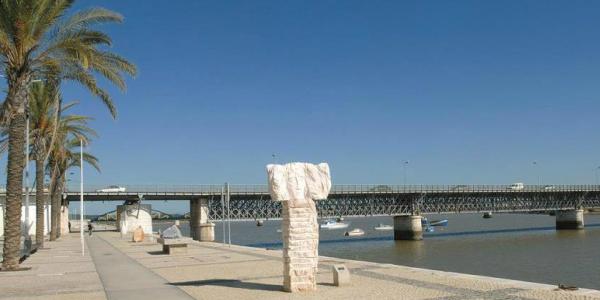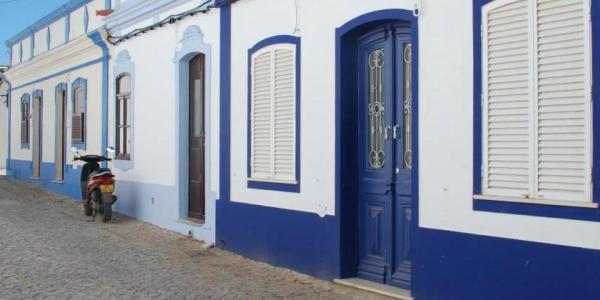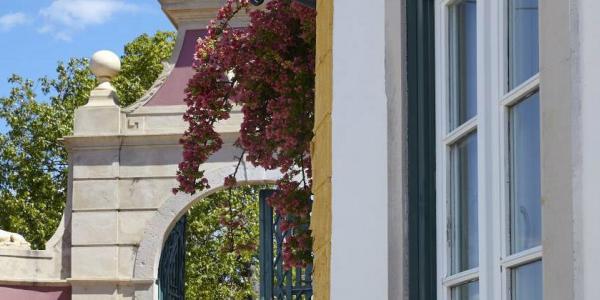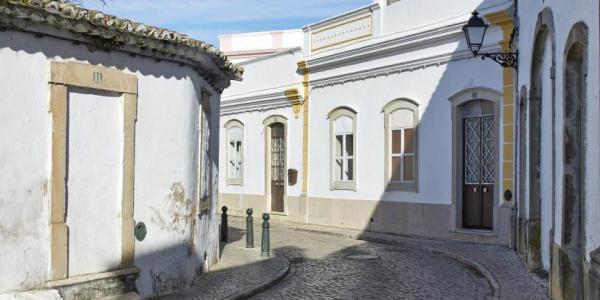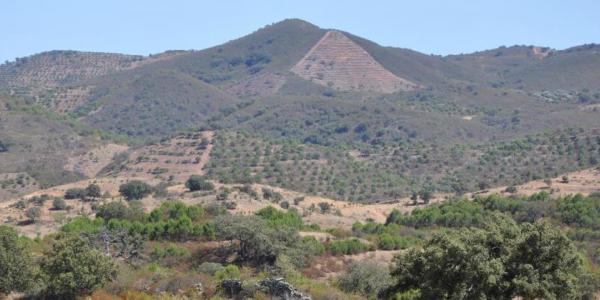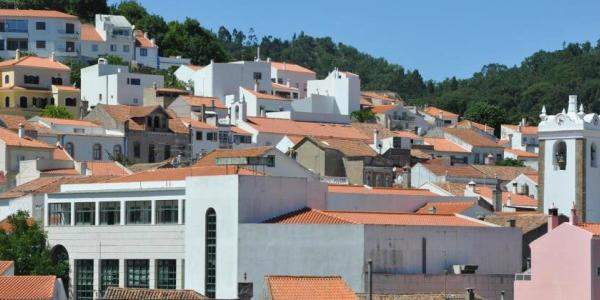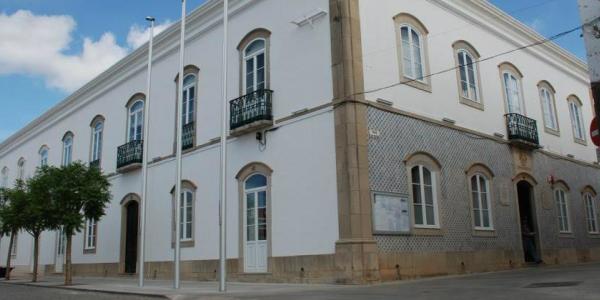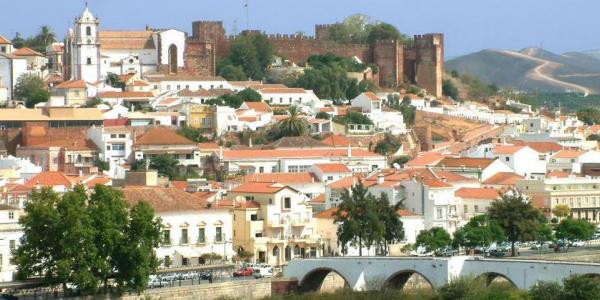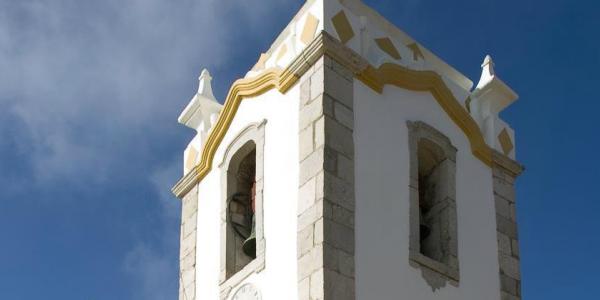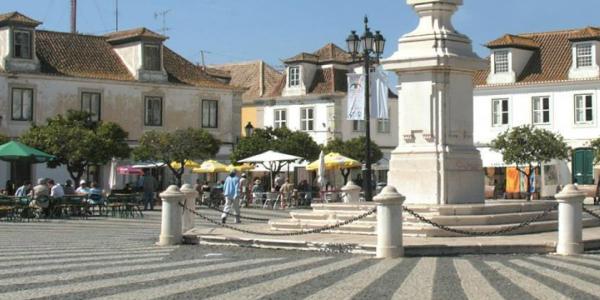Roman Villa of Milreu
The Milreu Roman Ruins correspond to a rustic villa, a complex that was built in the 1st century AD and restored in the 3rd century AD.
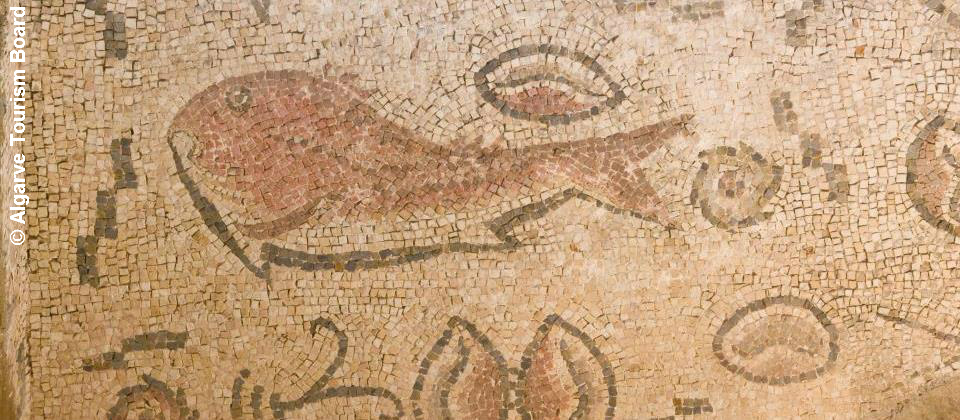
They consist of a big manor house, agricultural facilities, a bathhouse and a temple. As for the residential area, which can be visited today, it made use of the part of the buildings of the former villa and was organized around a central peristyle –with 22 columns–, which surrounded an open courtyard with the garden and respective water tank. The villa was decorated with mosaics of Tunisian origin, representing the marine fauna.
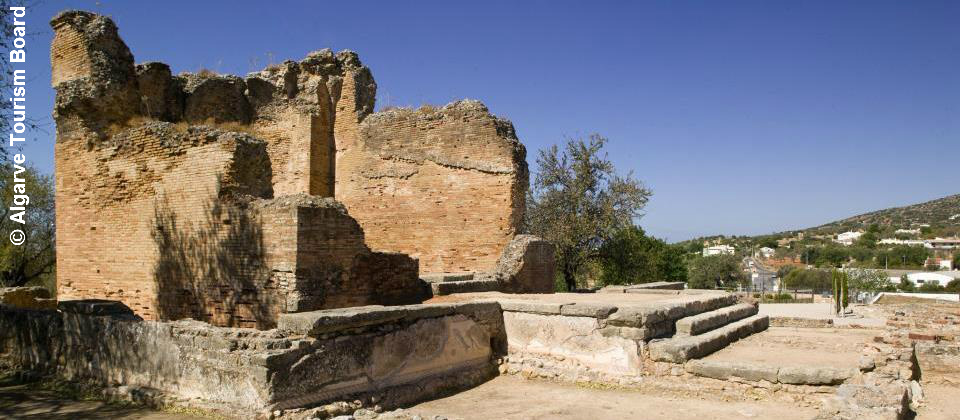
In the Umayyad period, Arab graffiti, drawn on a column, were found in Milreu. The graffiti refer to four generations of the al-Hāmmu family, who were individuals of Muladi origin, i.e. local people converted to Islam.
Estoi Palace
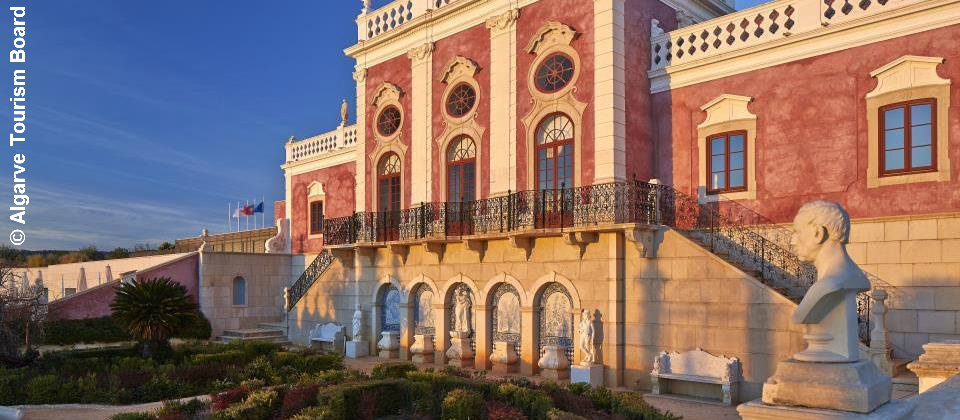
The Palace of Estoi, in the Rococo style, is today part of the chain of hostels “Pousadas de Portugal”. It was built in 1840 by Francisco José Pereira do Carvalhal e Vasconcelos, a court nobleman of the Algarve Coat of Arms.
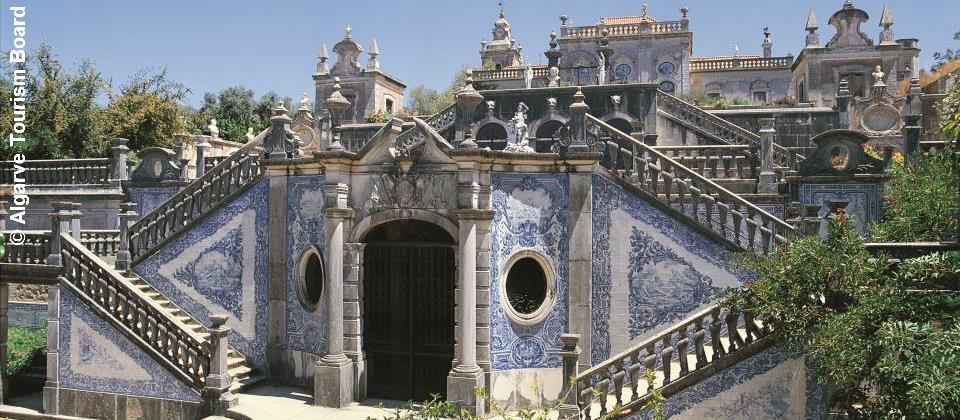
The gardens of the Palace, in the late-Romantic style, are arranged in several plans, with staircases, lakes, marble and ceramic sculptures.
Mother Church (Church of São Martinho)
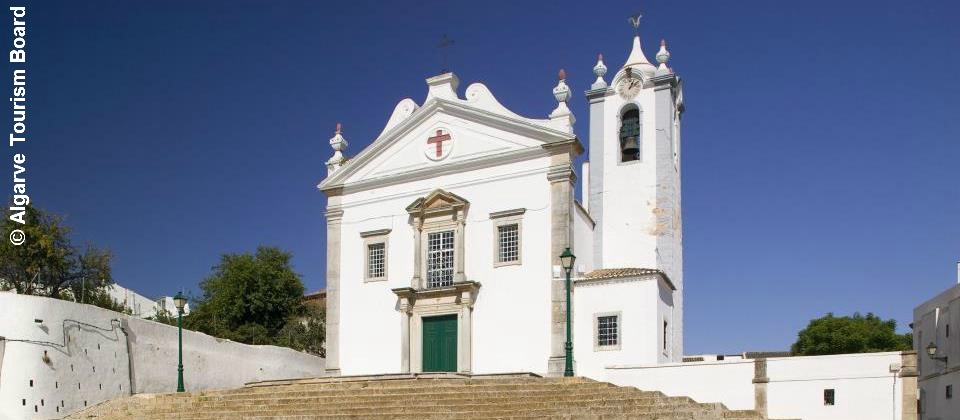
Estoi Mother Church was founded at the place of the old medieval chapel.
